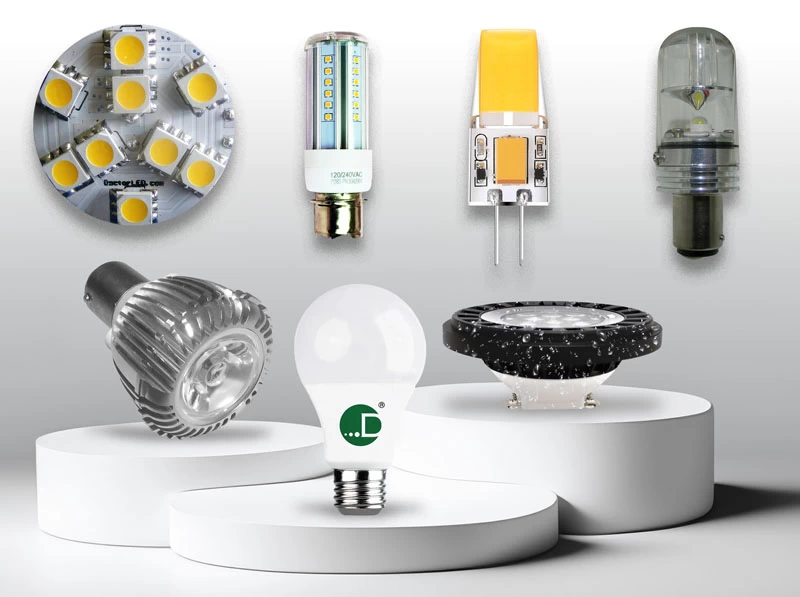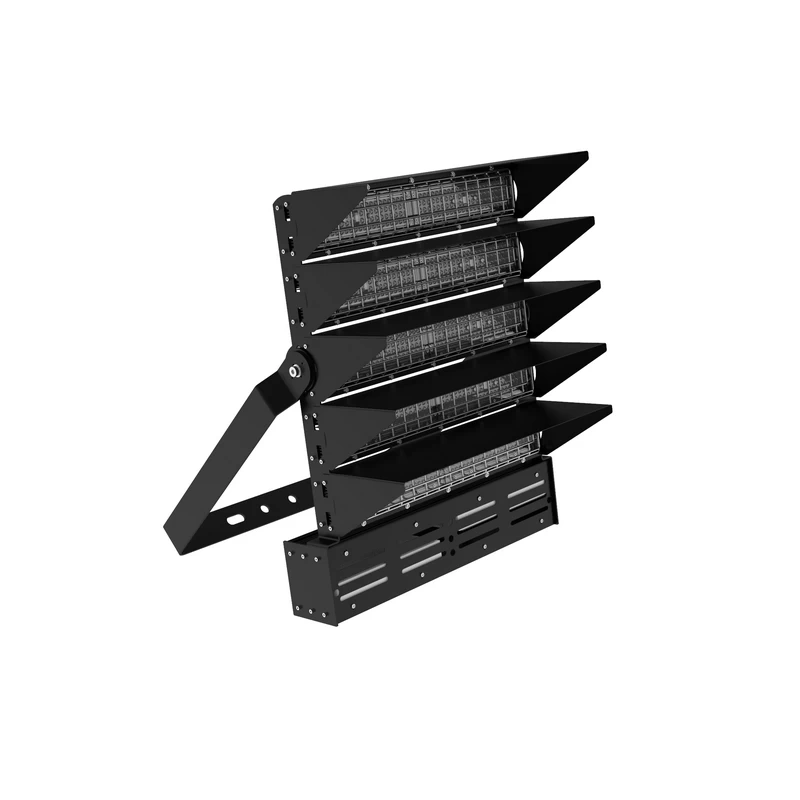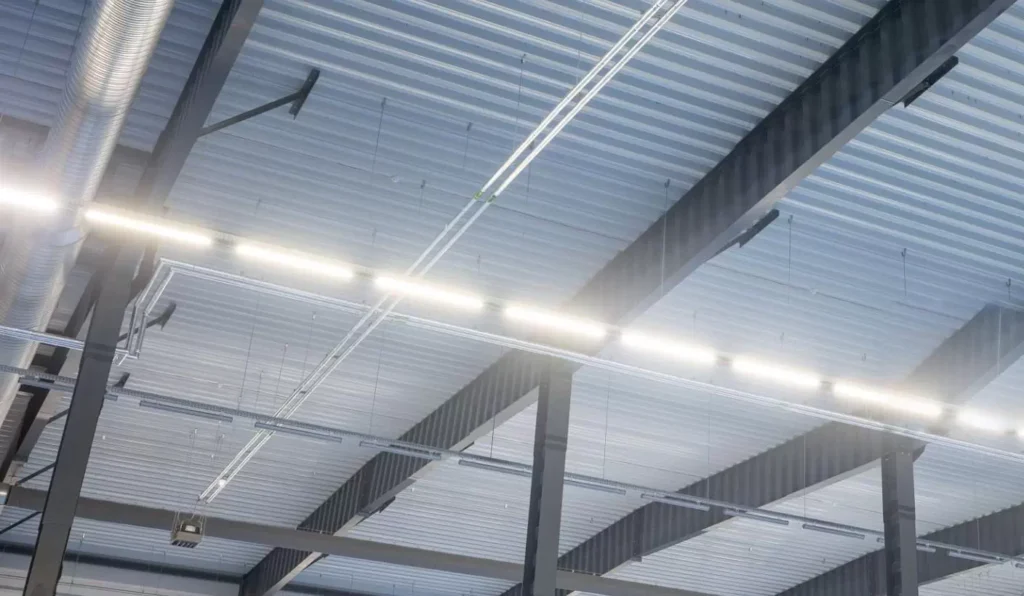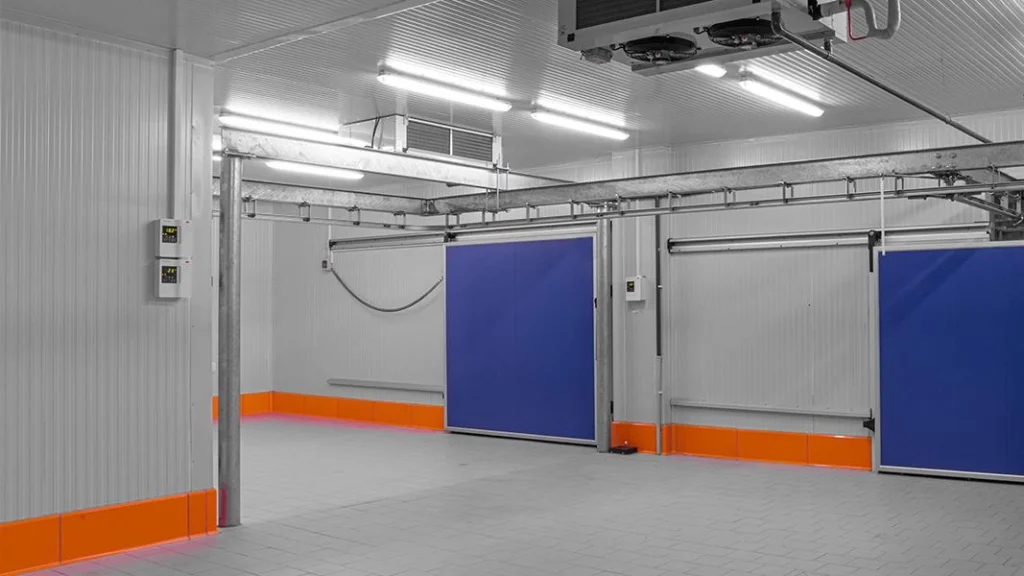Table of Contents
Toggle1. Introduction
LED lights have become a popular choice for residential and commercial lighting solutions. They are energy-efficient, long-lasting, and environmentally friendly. However, like any technology, can sometimes led lights not working. In this comprehensive guide, we will explore the common reasons behind why your LED lights aren’t working, how to fix led lights, and ways to prevent problems from occurring in the future.

2. Why Won't My LED Lights Turn On
LED lights are often praised for their reliability and durability, but even the best systems can experience occasional failures. The good news is that most of these problems can be fixed with a bit of troubleshooting and technical know-how.
If your LED lights are not working, several factors could be at play. Understanding the cause is the first step in fixing the problem. Below are common reasons why your LED lights may not work as expected:
Why is LED light not working but has power?
- Internal driver power failure: LED lights require a driver to convert AC power to DC and stabilize the voltage and current. Driver failure is one of the most common causes of light failure.
- Burned-out LED beads or chips: Damage to one or more LED beads/chips due to overvoltage, overheating, or quality issues can cause the entire lamp or parts of it to fail to illuminate.
- Circuit connection problems: Wires or solder joints inside the lamp may become loose, poorly soldered, oxidized, or broken, preventing current from flowing properly.
- Poor contact at lights base or connector: Oxidation, looseness, or foreign matter may be present at the contact points between the bulb and the socket, between the light strip and the connector, or between the lamp and the power cord, resulting in poor electrical conductivity.
Troubleshooting suggestions: First, try replacing lamps of the same type (such as light bulbs) or confirm the status of the switch/dimmer; if that doesn’t work, check the circuit connection or consider an internal driver/lamp failure. For complex lamps or those involving circuit repairs, it is recommended to seek help from a professional electrician.

2.1 Reason 1: Faulty Power Supply
One of the most frequent causes of why your LED lights aren’t working is a faulty power supply. LED lights require a specific voltage to function correctly, and if they aren’t receiving the correct power, they will either not turn on or may flicker.
- Why won’t my LED lights turn on? – This could be due to an incompatible or failing power supply.
- Why are my low voltage lights not working? – Low voltage systems are particularly prone to power issues.
2.2 Reason 2: Incorrect Installation
Improper installation can lead to LED lights not functioning properly. Whether you’re using any led lights or strip lights, ensuring that everything is connected securely and correctly is crucial.
2.3 Reason 3: Overheating
While LED lights are designed to be energy-efficient, they can still overheat if used improperly. Overheating can cause LEDs to burn out faster or not function at all.
- Can LED light strips cause a fire? – Although rare, if an LED light strip is poorly ventilated or used with an improper power source, it can overheat and become a fire hazard.
- Why do my recessed LED lights keep burning out? – Poor ventilation can lead to overheating and shortened lifespan for your recessed LED lights.
2.4 Reason 4: Poor Connection
Loose connections can cause LED lights to flicker or not work at all. This is particularly common in LED light strips or LED recessed lights.
- Why is my LED ceiling light flickering? – A loose wire or poor connection to the power source can cause flickering, LED strips have connectors that can become loose, leading to malfunctions.
2.5 Reason 5: Voltage Fluctuations
Voltage fluctuations can cause your LED lights to flicker or not work as expected. LED lights are sensitive to the amount of power they receive, so inconsistent voltage can cause problems.
- Why are my LED recessed lights flickering? – Fluctuating voltage is often the culprit behind flickering LEDs.
- Can I use LED bulbs in any light fixture? – While many LED bulbs are compatible with a range of fixtures, it’s essential to ensure that the fixture can provide the correct voltage.
2.6 Reason 6: Color Issues
Sometimes, the issue isn’t with the light turning on, but rather with the color or intensity of the light.
- Why are some of my LED lights different colors? – This can be caused by a range of factors, from faulty diodes to poor power supply.Inconsistent power or damaged diodes can cause your LED lights to display different colors.
- What do blue LED lights mean? – Blue lights may indicate a connection issue or a problem with the LED driver.
3. What Happened to My LED Lights?
3.1 My LED Lights Keep Flashing
A flashing or blinking LED light can be annoying and may indicate deeper issues. Several factors could cause LED lights to flash, including a poor power supply, incorrect installation, or a faulty dimmer switch.
- Why are my LED recessed lights flickering?
LED lights in recessed fixtures, or LED ceiling lights, often flicker due to fluctuating voltage or loose wiring. These lights are particularly sensitive to changes in electrical current. - Why do LED strip lights strobe?
LED strip lights may strobe when connected to an unstable power source or when using a faulty driver. This problem can also occur if the LED strip lighting is overloaded. - Flashing LED strip lights can also result from a wiring issue. A loose or damaged connection can cause inconsistent power flow, leading to the LED light strips blinking or strobing erratically.
Solution:
- Check the power supply: Use a multimeter to ensure the power supply is providing a stable voltage. If not, consider replacing it.
- Secure all wiring: Inspect the wiring, making sure that all connections are tight and secure.
- Replace the dimmer switch: If the lights are connected to a dimmer, ensure it is compatible with your LED lights. Non-compatible dimmers can cause flickering. Look for an LED-compatible dimmer switch.
3.2 LED Strip Lights Turn Blue When Powered Off And How To Fix
How do LED light strips work? – LED light strips work through a series of small diodes that emit light when connected to a power source. Any disruption in the connection can cause them to fail.
How to fix LED strip lights that won’t turn on? – Double-check your wiring, and ensure the connectors are secure.
Cause:
- Switch Controls Neutral (Most Common):
The circuit breaker is incorrectly installed on the neutral (N) wire instead of the live (L) wire, causing the light strip to remain connected to the live wire, resulting in an induced current. - Residual Charge Discharge from Power Supply Capacitors:
The internal capacitors of a low-quality power adapter slowly discharge, generating a weak current. - Induced Electrical Interference:
High-voltage power lines or electrical appliances near the light strip generate a small voltage due to electromagnetic induction.

Solution:
- Correct the circuit wiring:
Ensure the switch controls the live (L) wire. This should be checked and adjusted by an electrician using a voltage tester. Do not perform this operation without a qualified professional. - Replace a High-Quality Power Supply:
Select a compliant power supply with a bleeder resistor to prevent residual charge in the capacitor. - Add a Bleeder Resistor:
Connect a 500kΩ~1MΩ/1W resistor in parallel with the light strip. This must be done with the power off and requires professional expertise. - Shield the Light Strip from Interference Sources:
Move the light strip away from high-power appliances or wires, or shield it with a metal tray.
3.3 My LED Lights are Changing Colors Randomly
If your LED lights are changing colors unexpectedly, it might indicate a malfunction in the LED controller or the driver. Color issues can be particularly frustrating when using RGBW LED strip lights or colour changing LED strip lights, which are designed to emit specific hues.
- Why are some of my LED lights different colors?
Inconsistent colors can occur if certain diodes within the LED strip malfunction or if there is an issue with the controller. This is especially common in LED strip lights RGBW configurations, where red, green, blue, and white LEDs need to work in unison. - Why do my LED lights turn different colors?
Over time, cheap or faulty LED lights may start to show different colors, even if they are supposed to be the same hue. This can also happen if the strip is not receiving enough power. - What do blue LED lights mean?
In some cases, blue LED lights may indicate an error in the strip’s color programming or a faulty RGB controller.
Solution:
- Replace the LED controller: The color changes might be due to a malfunctioning controller. Consider upgrading to a higher-quality LED controller.
- Check the wiring: Ensure that the connections to the LED strips are secure and that there are no frayed wires. Loose wiring can disrupt the color sequence.
- Use a proper power supply: Insufficient power can cause color inconsistencies, especially in colour changing strip lights. Ensure that your power supply matches the specifications of the LED strip.
3.4 My LED Lights are Dimming
Dim lights can be frustrating, especially when you need full brightness for visibility or ambiance. Low light LED performance may indicate an issue with the power supply or the light strip itself.
Why do LED lights dim? This could be due to a low voltage LED strip, a failing power supply, or poor-quality connectors that can’t handle the required load.
Solution:
- Upgrade the power supply: If your LED lights dim, consider using a higher voltage power supply that meets the specifications of your LED strips.
- Shorten the wire length: Long wires can cause voltage drops, leading to dimmer lights. Reducing the wire length can help maintain brightness.
- Check for proper connections: Ensure that all wiring and connectors are securely fastened. Faulty or loose connections can reduce power delivery to the LEDs.
3.5 My LED Light Strip Won’t Stick to the Wall
One of the appealing features of LED strip lights is their versatility and ease of installation. However, if the adhesive on the strip is poor, you may find that the LED strip lights won’t stick to surfaces properly.
- How to hang LED strip lights without damaging the wall?
Use double-sided adhesive tape designed for heavy-duty purposes. For better results, you can use clips or mounting channels to secure the strips. - How to get LED lights off the wall?
To remove LED lights without damaging the surface, gently heat the adhesive with a hairdryer and slowly peel it off. Avoid pulling the strip directly, as this can cause damage.
Solution:
- Use high-quality adhesive: Opt for a reliable adhesive that is specifically made for LED light strips.
- Try mounting clips: Clips can be used to hold the strips in place if the adhesive fails. These provide additional support, especially in areas where heat might degrade the adhesive over time.
3.6 My LED Lights Burn Out Quickly
Why do my recessed LED lights keep burning out? Poor heat management or electrical surges are common reasons why LED lights fail prematurely.
- Can LED lights in regular fixtures burn out faster?
Although LEDs are designed to last longer than traditional bulbs, improper usage or poor ventilation can cause them to burn out faster. - Why are my LED lights burning out quickly?
This could be due to overheating or a power surge. If the LED light short circuits frequently, it can result in premature failure.
Solution:
- Improve ventilation: Ensure that your lights, especially recessed lights, are well-ventilated. Overheating is a major cause of early LED failure.
- Use surge protectors: Protect your LED lights from electrical surges with proper surge protectors.
| Problem | Possible Cause | Recommended Solution |
|---|---|---|
| Flashing or flickering LED lights | Unstable power supply or loose wiring | Check the power source and tighten all electrical connections |
| LED lights not turning on | Faulty power supply or improper wiring | Inspect power supply and wiring; replace damaged components |
| LED lights changing colors randomly | Defective controller or insufficient power | Replace the controller and verify power adequacy |
| LED lights dimming | Voltage drop or low power supply | Upgrade to a higher-capacity power supply and reduce wiring length |
| LED lights not sticking to the wall | Poor adhesive or unprepared surface | Use stronger adhesive tape or secure with mounting clips |
| LED lights burning out quickly | Overheating or electrical surges | Improve heat dissipation and use surge protectors |
4. Summarize the Above Content
To summarize, why aren’t my LED lights working? The answer can range from power supply issues and improper installation to overheating and voltage fluctuations. Troubleshooting these issues often requires checking connections, ensuring a stable power supply, and verifying the compatibility of your fixtures and bulbs.
If you’re still experiencing problems with your LED lights, consider consulting a professional or replacing faulty components. With the right tools and knowledge, most LED light issues can be resolved quickly and efficiently.
By understanding the most common causes of LED light failures and how to fix them, you can ensure that your lights continue to provide bright, energy-efficient lighting for years to come.
5. What are the advantages of LEDRHYTHM?
Maintenance of LED lights is a time-consuming and labor-intensive task. When we install LED lamps, we should first consider how to reduce the damage of lamps during use.
First of all, more than 30 optical engineers of LEDRHYTHM will formulate suitable lighting solutions according to the customer’s application site, because when selecting and installing LED lamps, environmental factors need to be fully considered. According to different usage scenarios, choose suitable LED lamps. For special environments, such as marine or industrial fields, it may be necessary to choose LED lamps with higher protection levels and environmental resistance. In high-temperature environments, high-temperature resistant lights need to be selected to ensure that they can still maintain normal working effects under harsh conditions.
Secondly, LEDRHYTHM lights are made of international brands no matter the lamp body material, accessories materials, and drivers, so it is rare for lamps to fail to work due to the quality of the lamps.
This comprehensive breakdown of LED light issues is designed to help you keep your lighting systems functioning optimally and answer questions like why won’t my LED strip lights turn on, why do my LED lights keep changing colors, and more. By following the solutions led rhythm provided, you can avoid costly repairs and enjoy the full benefits of your LED lighting system.
If you have any other questions, please click here to submit your questions. We will reply to you within two working days.








